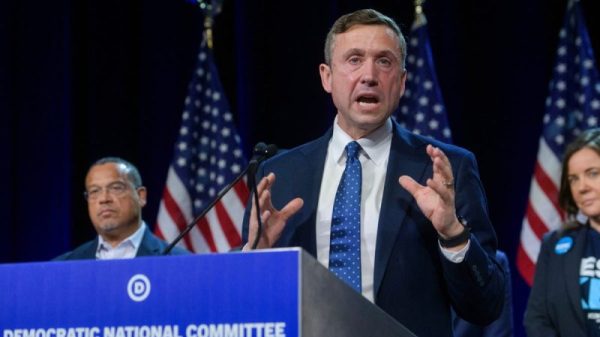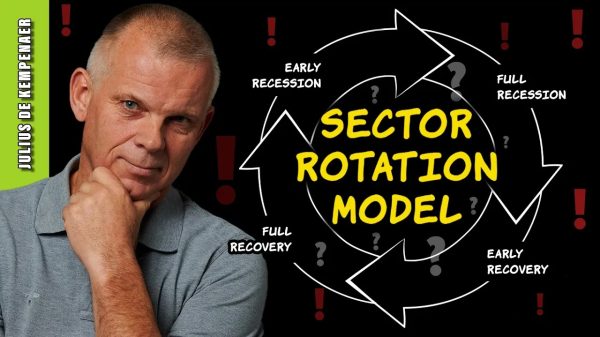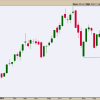In a recent trip to Washington, DC, Donald Trump proposed an “all-tariff” federal revenue system that would “replace the income tax” to Republican policymakers.
Finding additional sources of revenue is one way to reduce the current national debt, which at present stands at a staggering $34 trillion (about $100,000 per person in the US) of on-budget liabilities. To this we should add, as Thomas Savidge writes, another $80 trillion i.e., about $250,000 per person in the US) in off-budget, unfunded liabilities at the federal level and even more at the state level.
Paying for government can be tough. On the one hand, as Oliver Wendell Holmes once said, “taxes are the price we pay for a civilized society.” This quote currently adorns the IRS building in Washington. On the other hand, it has been said that “the best tax is one that someone else pays.” This latter consideration underlies the question, “how many pages long is the US tax code, anyway?” The answer is difficult to know. Estimates range from as few as 6,871 to over 75,000.
But if the best tax is one that someone else pays, would it not make sense that the best tax for US citizens is one that non-US citizens pay, e.g., a tariff?
The economist Alexander Salter has written about Trump’s proposal, and how it would require us “to find a way to generate tariff revenue in excess of 150 percent of what we spend on all imports.” This sentence bears explication. Salter is not saying that we need a 150 percent tariff on imports. He is saying that whatever tariff we set, it would need to generate revenues equal to 150 percent of what the US currently spends on all imports.
Tariffs, like all taxes, come with the pernicious side-effect of raising prices for domestic (i.e., American) consumers, regardless of whether that tax is placed on the consumer or the producer. Economists call this the economic incidence of a tax,.It refers to the “split” of the tax between consumers and producers, with each paying at least some portion of the tax. For consumers, this means higher prices per unit. For producers, this means less revenue per unit.
The first law of demand teaches us that, at higher prices, consumers will purchase fewer of the now relatively more expensive good. The less-talked-about first law of supply says that, at lower revenue per unit, producers will produce less of the now relatively less profitable good.
If we suppose that foreign producers are only able to pass one half of the tariff to consumers in the form of higher prices, the price to Americans of imports would increase by 75 percent. Further, this assumes that Americans would not change their spending habits at all, despite this new tariff.
It seems unlikely, to put it mildly, that American consumers would continue to import the same amount at a 75 percent higher price. But with fewer imports, there would be less of a tax base from which to raise revenues, which means we would have to raise tariffs on the remaining imports even higher. That way, you would quickly end up on “the wrong side of the Laffer curve.”
It is similarly unlikely that foreign producers — who pay 75 percent of the tax — would continue to export to the US if they were only able to earn 25 percent of what they were previously earning. Instead, they would almost certainly shift their export activities away from the US. But if they are not exporting to us, then we cannot import from them. Thus, once again, the tax base is eroded and the revenues from tariffs subsequently fall.
Most frustratingly is that Mr. Trump knows all of this. In 2018, the self-proclaimed “Tariff Man” applied tariffs to aluminum and steel imports to try and protect American factories and jobs. This effort failed. Indeed, it could only have succeeded if the tariffs had discouraged Americans from buying foreign produced goods and encouraged the purchase of domestically produced goods. The truth, however, is that tariffs only result in higher prices for Americans, not higher incomes. These higher prices were borne by the overwhelming majority of Americans not currently employed by the aluminum and steel industry.
Perhaps Trump’s goal is simply to eliminate the federal income tax. If so, then he should advocate for doing that and only that. Eliminating the income tax would, in fact, make Americans richer in after-tax dollars. An added benefit would be that it would allow all Americans to be paid in dollars, instead of taking compensation in a myriad of non-pecuniary forms in order to secure certain tax advantages.
Imagine that health insurance was no longer a privileged form of income that could be purchased with pre-tax dollars. Or retirement contributions. Freeing Americans to be paid in dollars would simplify so much of our lives and would simultaneously close many of the loopholes in our current and bloated tax code that so many of us complain about.
Of course, this would also require a drastic reduction in total government spending, lest we contribute to our national debt. “Starving the beast” has not been an effective budgetary strategy in recent years, primarily because doing so has only starved the beast of resources. For this strategy to be effective, we must also starve the beast of responsibilities — especially those that lie outside of the scope of responsibilities best left to the states, local communities, or charities.
Regardless, replacing the current income tax with an aggressive tariff is pure nonsense. Ignoring the litany of problems with it from the standpoints of ethics and economic well-being, it makes no sense from a basic public finance perspective. Even attempting to do this would be bad policy and policymakers of all stripes should avoid doing so.

































